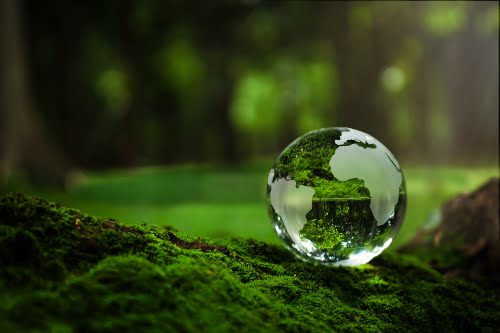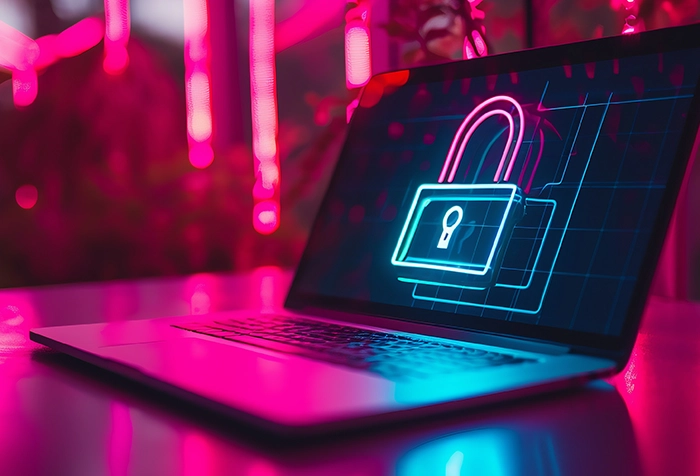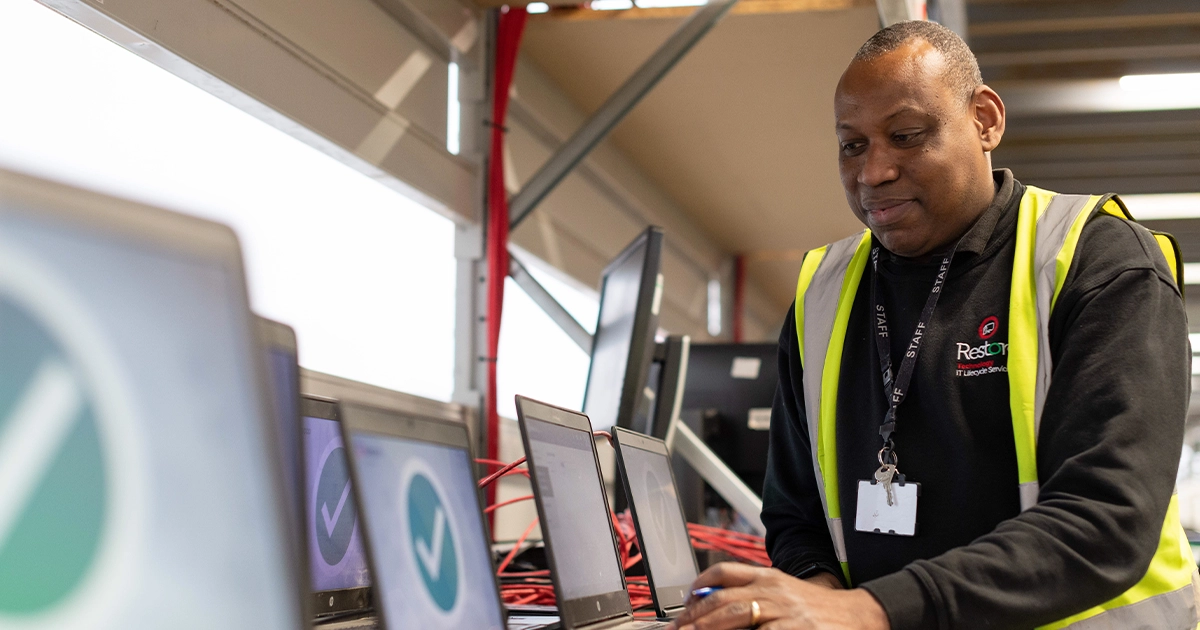Central to UK waste regulations is the concept of the waste hierarchy. The waste hierarchy, or pyramid, is used to establish the preferred disposal method for household and commercial waste before disposing of it in a landfill. The waste hierarchy is aligned with the principles of the circular economy, a tool used often to help businesses make responsible decisions.
The UK’s waste policies are designed to increase the amount of e-waste ending up in landfill.
-
The Environmental Protection Act 1990. The successor to the Control of Pollution Act 1974, the Environmental Protection Act 1990 deals with issues that relate to waste, defines waste management and its associated aspects, and enforces a duty of care on UK businesses handling waste.
-
EU Landfill Directive. Seeking to reduce the UK’s reliance on landfills as a disposal option, the EU Landfill Directive makes clear standards and rules for the use of landfill, including waste types permitted and how waste should be treated prior to disposal.
-
UK Waste Regulation. Since 2015, businesses have been required to separate their recyclable materials (such as paper, plastic, and glass) from their general waste. Doing so helps to increase awareness of recycling amongst employees, ensuring more of it takes place on a more regular basis.
-
Hazardous Waste Regulations. Put into place in 2005, the Hazardous Waste Regulations aims to register and record the movement of hazardous waste producers in England and Wales. Hazardous waste includes the likes of television sets, fridges, PC monitors and batteries.
-
The Waste Electrical & Electronic Equipment Directive. Introduced in 2007, the Waste Electrical & Electronic Equipment Directive (or WEEE Directive for short) aims to reduce the amount of electrical and electronic equipment that is produced and to encourage both people and businesses to reuse, recycle and recover electrical materials.


Restore Technology are the market leader in the UK for end-of-life IT services.
We ensure the secure erasure of data on old assets, and the refurbishment and recycling of the asset.
We have a strong sustainability policy and support the circular economy whilst working hard to fulfil our zero to landfill promise. We are compliant with all UK waste regulations, and hold a full waste management permit to deal with electrical waste, including hazardous waste and POPs (Persistent Organic Pollutants). We process materials using industry best practices to ensure the most environmentally friendly approach is taken every time.
Reduce, Re-use, Recycle…
Reduce:
Cutting down on the production and purchasing of items causing waste, such as single-use plastic straws.
Re-use:
This method breathes new life into items rather than simply discarding them. This can be seen in the reuse of plastic bottles to create ‘eco-bricks’ for non-load bearing walls, or at Restore Technology when we take an organisation’s end of life assets and refurbishment them for other organisations to use.
Recycle:
When items can’t be refurbished, recycling the component assets to make new assets is the next best thing. There is often an environmental impact with the manufacturing of the new product, which is avoided in Re-use, but it is still much preferable to landfill.
Energy:
Waste generated by businesses can be used to generate electricity, heat energy and biofuel.
Incineration:
The burning of waste at temperatures high enough to turn it into ash or gas without recovering energy from it
Landfill:
If no other options are available, then the waste will be stockpiled or buried in a landfill.
Although the methods at the top of the pyramid are the most beneficial for the environment they are, unfortunately, also the least common. In 2020 The United Nations Institute for Training and Research released a study that showed that 53.6 million tonnes of electronic waste was generated in 2019 and only 17.4% of this was collected and recycled.
Further insights



